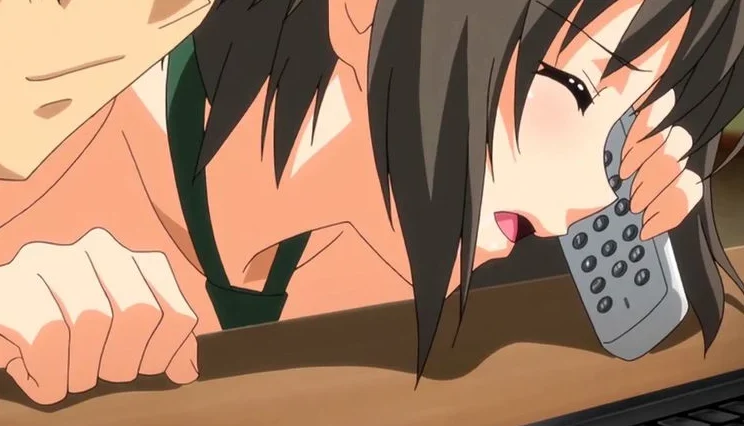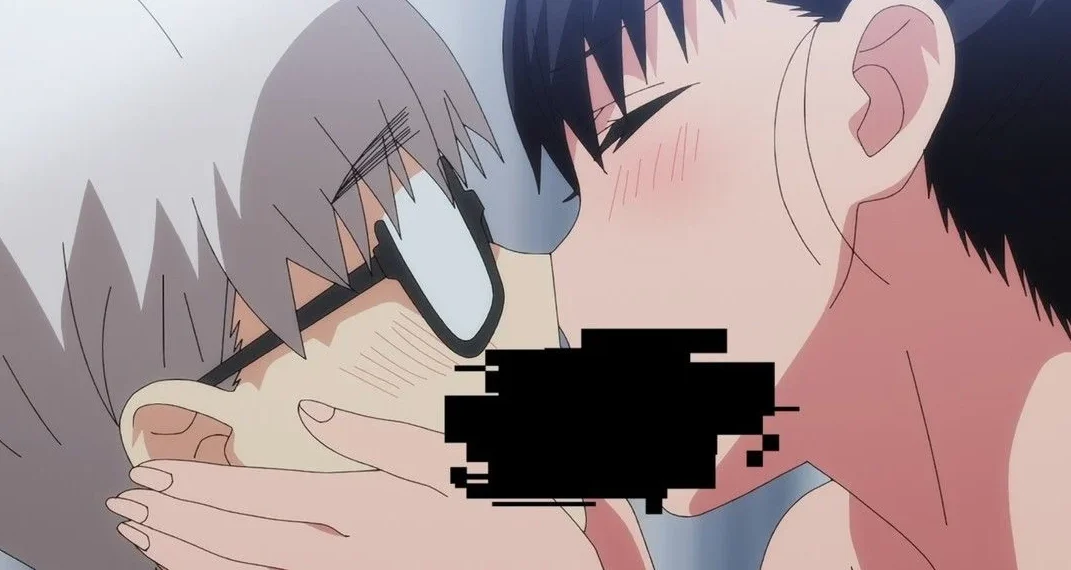Whether you are new to the world of anime or you are a seasoned professional, there are a few things you should know about hentai anime manga. These include how it was originally created, the origins of its popularity, and how to identify and read hentai.
Defining hentai
Defining Hentai anime manga isn’t easy, as the term is used in many ways. It can mean anything from a simple sex-related title to a multi-tiered fetish spanning the gamut from mild to intense. However, it’s a term that’s not used widely outside of Japan.

The term “hentai” is actually a combination of two words, hentai and ecchi, which are both slang terms for perversion or metamorphosis. In Japanese, hentai refers to an abnormal sexual fetish, while ecchi refers to a slightly erotic aspect.
In Japan, hentai is also the name of a small magazine which first published articles on abnormal psychology, although it didn’t have sexual connotations. It was also used to refer to a fictitious fictional character, known as a “hen” or “yomogi.” It’s also a catch-all term for perversion, which is why it’s commonly used to refer to sexually explicit works.
In Japan, the most obvious hentai is the yuri manga, which is a manga aimed at young women that is meant to imply a sexy content. It’s also the title of a fictitious anime that’s supposed to be sexually explicit.
There are dozens of fetish subgenres. Some of the more popular include ecchi (the sexually explicit content), yuri (a lesbian manga) and shoujo (a romance manga aimed at a female audience). However, hentai isn’t just about sexual content, it also incorporates English dialogue and a coherent plot.
Origins of hentai in Japan
Several years after World War II, hentai manga in Japan became widespread. As more and more Japanese publications began to feature stories about heterosexual relationships and male cross-dressing, hentai shifted from a purely medical context to a more widespread entertainment genre.
In the early days of hentai manga, it was used to describe disorders such as hysteria and paranormal abilities. The term also referred to abnormal sexual intercourse. However, hentai has a history that goes beyond the purely sexual aspects. Its roots in Buddhist scrolls date back to the 12th century. These scrolls made fun of nobles and clergy.
The term nhentai became a more general term for anything that was considered perverse or abnormal. It also became a slang term used to refer to a variety of sexual activities. In the 1970s, Akiyama Masami published an Introduction to Hentai Studies.
In the 1980s, the term ecchi suru became more widespread. It was used to mean sex in Japanese, and the term became more common as sexual activity increased in popularity.
The shoguns of the 16th and 19th centuries suppressed the production of erotic “shunga” woodcuts. These depicted sexual situations, often with instructions for unusual sexual positions. The works were then censored during the Edo period (1603-1868).
After World War II, hentai exploded. New pulp magazines refocused on the sexually oriented themes that had been excluded from wartime literature. Stories about male cross-dressing and lesbianism were prevalent preoccupations in magazines.
Categories of hentai anime manga
Anime manga are typically divided into categories. These are generally based on the readership, age group, and subject matter. There are also several subgenres. These include the Shonen, Josei, Mecha, and the Suiri genres. Each genre has its own style.
The Shonen manga is a genre that is aimed at teenagers. The manga includes epic battles, and often features a male hero with superpowers. The protagonist is usually accompanied by a group of friends. The stories often deal with the challenges of youth and personal growth. The characters are usually accompanied by armor and weapons. The manga often includes themes of friendship, forgiveness, and perseverance.
The Mecha manga genre involves robots. The genre is usually incorporated into a larger sci-fi or fantasy genre. The Super Sentai style features superheroes. The Suiri style represents a detective style.
The Josei manga is aimed at young women. The manga includes less idealized fantasy and romance stories. The stories usually deal with love, friendship, and other concerns of youth. The genre is usually milder than the Yuri genre.
The Mecha is a genre of anime that focuses on science-fiction robots. The genre often contains virtual reality and a fantasy setting.
The shojo is a type of manga aimed at young girls. The manga deals with love, fashion, friendship, and other concerns of youth. These types of manga often involve school and other settings.
Characters featured in hentai anime manga
Among the many different anime genres, Hentai is one of the most popular. Among its many features is the fact that it’s often sexually oriented. A hentai manga will feature characters who display strange fetishes and other oddities. A hentai anime will usually feature sexual violence.
Another popular type of anime is the shounen genre. The shounen genre usually features fast paced plot lines, as well as fire breathing male protagonists. A shounen manga will usually feature an evil villain or two. Shounen anime will also feature sexually explicit content.
The name “Hentai” actually comes from the Japanese word for “abnormal” or エロ同人誌. Hentai is a portmanteau of “lolita,” meaning “funny” or “cute.” Hentai is also used as a blanket term for pornography. It’s also a popular way for Western audiences to refer to pornographic anime.
The most important aspect of Hentai is that it’s a popular genre among anime fans. Fans often put pressure on animation studios to include fan service in their shows. This is especially true for series featuring child characters with erotic undertones. A Hentai manga is a good way to gauge the popularity of an anime.
The other cool thing about Hentai is the fact that many of its manga are oneshots. For instance, the vertical shooter game “Touhou Project” features a character with a fetish for her armpits. Another popular hentai manga is the manga titled “Loveless” which features the Neko Girl/Bo character with cat ears and a human body.
Symptoms of compulsive hentai use
Using a hula hoop to ingest a bevy of babes isn’t for the faint of heart. Thankfully, this is an activity that can be mitigated with a bit of strategic thinking. The key is to not have the urge to do it in the first place.
While you’re at it, make sure you set a firm limit on how long you’ll be watching it. For example, no more than a single hour per day will suffice. Getting a bit too engrossed in your hunky binge could be detrimental to your sanity. It’s a good idea to allocate your time to a more productive pursuit in the off hours. This may entail reducing your purchases of anime-related merchandise. It’s also a good idea to make sure your family knows the drill. The best way to do this is to keep your manga tucked away in a secret safe, preferably one with locks.
Censorship in Japan
Despite the fact that the Japanese government has a strict censorship regime, hentai anime manga have found ways to circumvent it. For instance, they often use tentacles to cover up genitals.
The term “obscene” is vague, which makes enforcement difficult. Authorities must decide whether or not censorship is sufficient. Anime manga are not the only materials subject to censorship.
The Japanese government also censored films during World War II. Some films were banned, including Men Who Tread on the Tiger’s Tail. The death penalty was added to the list of possible punishments, as Japan became militarized. The government also took the stance that the sex objects were “feudal values.”
The laws are vague, which makes enforcement difficult. The law also doesn’t differentiate between erotic material and other materials.
The Tokugawa Shogunate created the first censorship regulations in Japan. These regulations were aimed at controlling the amount of sexual material that could be shared amongst the people of a town. The regulations sparked years of civil disobedience.
The era of discovery during the Edo Period sparked a new interest in subjects like philosophy. New knowledge of other countries also sparked discussion.
The Tokugawa Shogunate made regulations around 1722, which aimed to regulate the amount of sexual material that could be shared. It also required blurring of nudity. The regulation sparked years of social disobedience.
The Tokugawa Shogunate later changed its political system to the Meiji Period. The era featured new cultural innovations and religious beliefs. This also led to the creation of a new censorship law.



